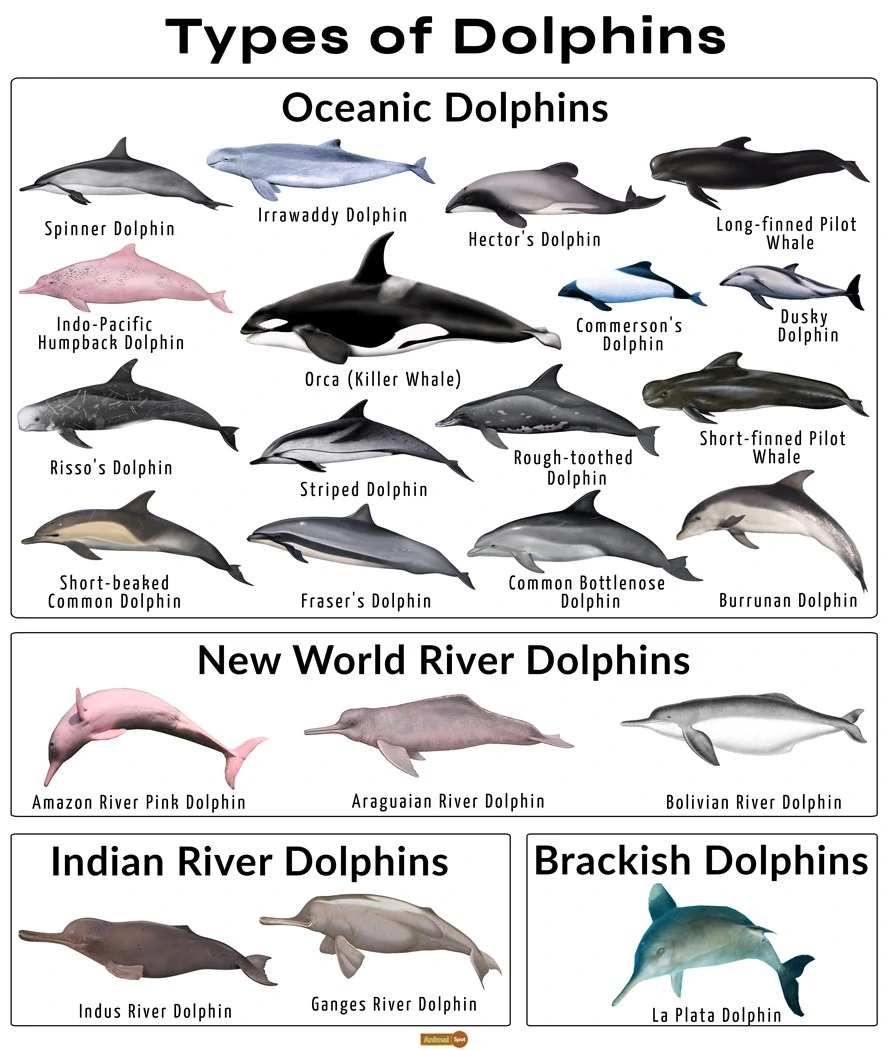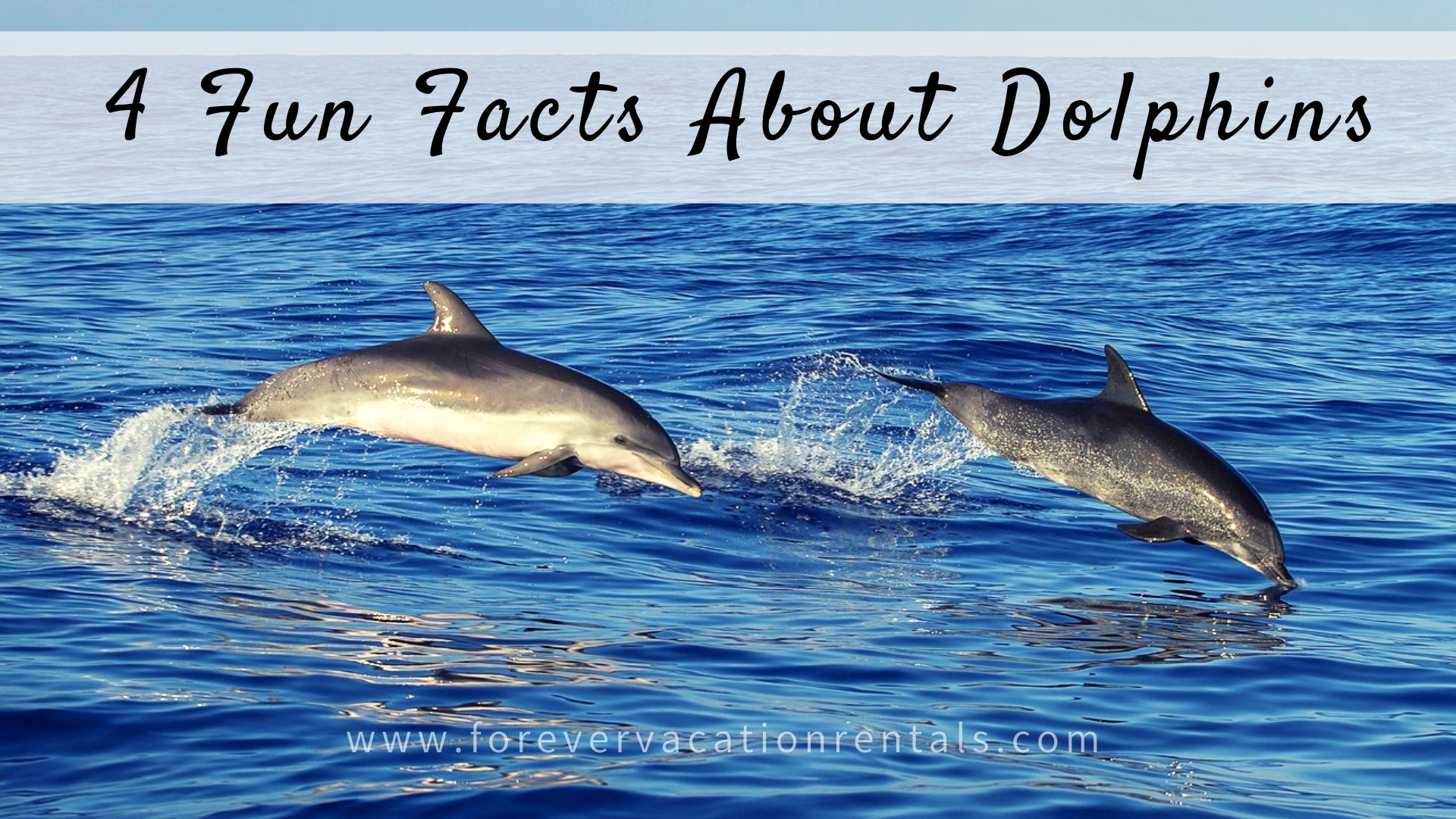Discover one of the most Interesting Dolphin Facts Regarding Their Interaction Skills
Discover one of the most Interesting Dolphin Facts Regarding Their Interaction Skills
Blog Article
Introduction Dolphin Facts: Nature's Intelligent Marine Mammals
Dolphins, often considered among the ocean's most smart citizens, show a fascinating variety of habits and social structures that warrant closer examination. With over 40 distinct species, these marine animals not only demonstrate impressive interaction skills and complex social communications however also have sophisticated cognitive capabilities that test our understanding of non-human knowledge. Dolphin Facts. As we explore the nuances of their lives, one should consider exactly how these traits affect their communications with people and the pushing value of conservation. What ramifications do these insights hold for our relationship with these amazing creatures?
Dolphin Types Diversity
Dolphins are a diverse group of aquatic animals belonging to the household Delphinidae, which includes over 40 distinct varieties. This family consists of well-known types such as the typical bottlenose dolphin (Tursiops truncatus), the orca or awesome whale (Orcinus whale), and the risso's dolphin (Grampus griseus) Each species displays unique physical features, behaviors, and adaptations that enable them to flourish in various marine environments.
Dolphin types vary dramatically in size, ranging from the tiny Maui's dolphin (Cephalorhynchus hectori) at about 1.2 meters to the whale, which can get to lengths of up to 9 meters. Their pigmentation additionally differs, with some types presenting striking patterns that aid with camouflage or social signaling. Additionally, dolphins live in varied environments, from coastal areas and tidewaters to the open ocean, showcasing their versatility.
Research right into dolphin varieties diversity highlights the environmental relevance of these creatures, as they play vital roles in marine communities. Comprehending the numerous varieties is vital for conservation efforts, as lots of deal with hazards from habitat environment, loss, and contamination change, requiring targeted protection measures to ensure their survival.
Social Structures and Actions
The intricacy of dolphin types is mirrored in their elaborate social structures and behaviors. Dolphins are understood for their very social nature, usually forming groups called husks, which can vary from a few individuals to over a hundred. These husks are usually made up of member of the family, showcasing a matrilineal structure where ladies play a main function in maintaining social bonds and nurturing offspring.

Furthermore, some species of dolphins, such as orcas, demonstrate complicated social habits that can consist of sub-pods or clans with unique cultural practices. These social frameworks are vital for the survival and health of dolphin populations, as they assist in interaction, collaboration, and the transmission of understanding across generations. Understanding these social dynamics is essential for conservation initiatives and the protection of their natural environments.
Communication Methods
Among the different techniques of communication, dolphins make use of a sophisticated variety of communication methods that assist in social communication and control within their coverings. These techniques incorporate vocalizations, body language, and echolocation, each offering distinct features in their social communications.
Dolphins generate a wide variety of clicks, whistles, and pulsed noises, which offer as their primary singing communication. Each dolphin has a check here special trademark whistle, akin to a name, that allows people to determine one another even in big groups. These vocalizations can convey various messages, such as informing others to threat or collaborating team motions during hunting.
In addition to vocalizations, body movement plays a vital role in dolphin interaction. Dolphin poses, such as jumping, rotating, or perhaps refined shifts in orientation, communicate moods and intents. For instance, hostile display screens might hinder rivals, while lively actions can improve social bonds.
Echolocation, a biological finder system, additional help in navigation and searching. By sending out sound waves and interpreting the returning echoes, dolphins can situate target and challenges successfully, showing their exceptional versatility in complex aquatic environments. Jointly, these interaction methods underscore the complex social lives of dolphins, highlighting their knowledge in navigating their underwater globe.

Knowledge and Trouble Addressing
Recognized for their innovative communication abilities, dolphins likewise exhibit amazing knowledge and analytic abilities that additionally improve their social interactions. Their cognitive capacities are evidenced by their capacity to learn complex tasks, recognize abstract concepts, and adapt to numerous environmental difficulties. Research has shown that dolphins can address elaborate problems, demonstrating not only their cognitive flexibility yet additionally their capacity for planning and foresight.
Dolphins usually involve in cooperative hunting approaches, showcasing click here for more info their capacity to work as a natural system. This team effort needs innovative analytical skills, as they have to examine their setting, recognize prospective prey, and coordinate their actions to attain an usual objective. In addition, dolphins have actually been observed making use of tools, such as marine sponges, to protect their snouts while foraging on the ocean floor, more exemplifying their cutting-edge problem-solving capacities.

Human-Dolphin Interactions
Human-dolphin communications have actually mesmerized fanatics and scientists alike, highlighting the complex relationship between these smart marine creatures and human beings. From old times, dolphins have been illustrated in art and mythology, symbolizing harmony and intelligence (Dolphin Facts). Modern interactions range from clinical research study and conservation efforts to recreational activities like dolphin viewing and swimming with dolphins
Research has demonstrated that dolphins have advanced social structures and communication abilities, which promote their communications with people. These encounters often foster psychological connections, with several individuals reporting feelings of happiness and empathy during such experiences. It is vital to come close to these communications with care, as human tasks can interrupt dolphin actions and habitats.
Preservation campaigns significantly concentrate on promoting liable interactions, making certain that human enthusiasm does not jeopardize dolphin well-being. Education and learning programs intend to elevate understanding regarding the environmental value of dolphins, emphasizing the demand for sustainable methods. By recognizing the detailed dynamics of human-dolphin interactions, we can foster a respectful conjunction that profits both species and protects aquatic ecosystems for future generations. Ultimately, these communications work as a pointer of the profound connections that can exist in between people and the environment.
Final Thought
In summary, dolphins exhibit exceptional intelligence and versatility within varied aquatic settings. Continued study and understanding are important for fostering a much deeper understanding of dolphins and advertising their welfare in a significantly intimidated environment.
Dolphin types differ considerably in size, varying from the tiny Maui's dolphin (Cephalorhynchus hectori) at roughly 1.2 meters to the orca, which can reach lengths of up to 9 meters. Dolphins display a range of social communications, consisting of brushing and physical get in touch click resources with, which serve to reinforce relationships and develop power structures.
Recognized for their innovative communication abilities, dolphins also display remarkable knowledge and analytic capacities that better boost their social communications. Modern communications vary from scientific research study and preservation efforts to entertainment tasks like dolphin swimming and viewing with dolphins.
Study has actually demonstrated that dolphins possess progressed social frameworks and communication skills, which promote their communications with humans.
Report this page